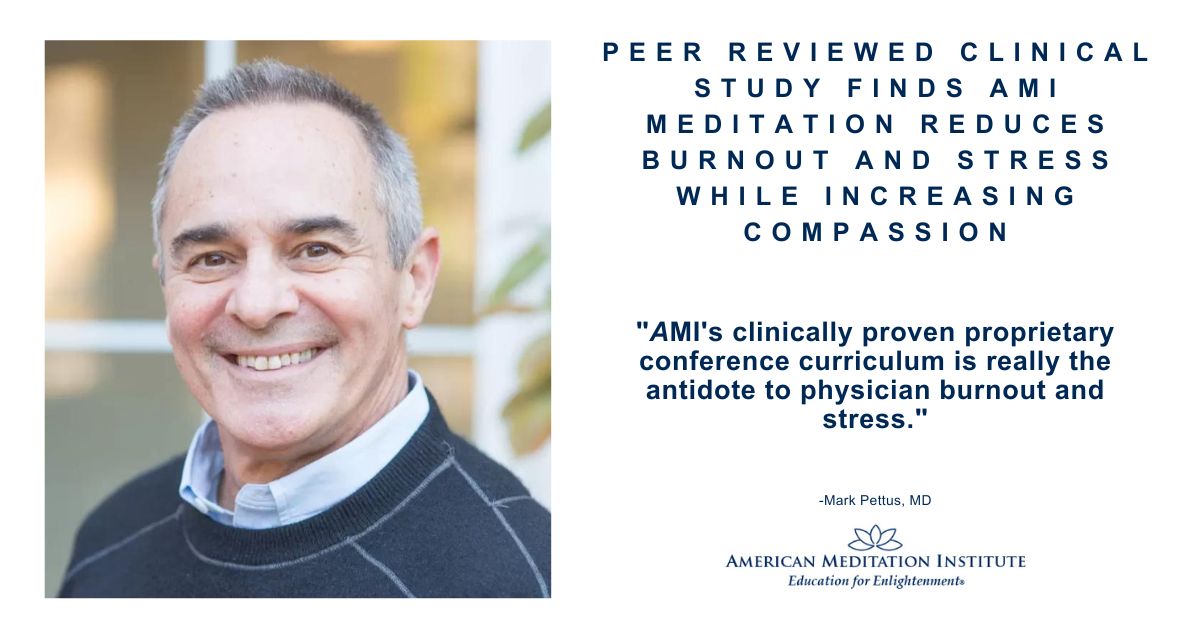By Mark Pettus, MD
Pioneering Research
In 1949, Dr. Hans Selye, a Hungarian-Canadian physician, was runner-up for the Nobel Prize in Medicine for his pioneering research in the understanding and biologic mechanisms of the human stress response. It was Selye who first described the relationship between chronic stress and illness. While the medical enterprise was rapidly evolving toward disease-specific diagnosis and treatment, Selye recognized features common to all diseases that could be traced to the chronic effects of stress.
His research demonstrated three phases of the stress response. The first was the “alarm phase” with rapid rises in adrenal-based cortisol and adrenaline, essential to assist an organism in fight-flight. The second phase he referred to as “resistance” as one’s biology shifts to best support repair and biologic resilience. Selye noted that if this second phase was prolonged, a third phase which he termed “exhaustion” would ensue. In this phase an individual (or organism) would manifest fatigue, despair, anxiety, decreased concentration, social withdrawal and diminished stress tolerance.
Hans Selye’s Stress Adaptation Response
Selye described in detail what today we would refer to as burnout. His successor, the late Dr. Bruce McEwen at Rockefeller University would describe this as “allostatic load,” or burden. A biologic response essential for survival in the short-term becomes system-wide breakdown if chronic and overwhelming. The research is clear that more humans than ever are experiencing signs and symptoms of unrelenting allostatic load and the diagnoses that accompany it. It would seem the inability to effectively cope has never been more profound. This is particularly pervasive in healthcare professionals where burnout rates are as high as 50% across the workforce.
While there are many well-described systemic and structural drivers of clinician burnout e.g., less time on direct patient care; onerous electronic records; time-consuming documentation needs; productivity pressures; a protracted pandemic; etc., there is also a greater need than ever to empower clinicians (and those they serve) with knowledge and skill to bring more ease into the effort of serving others, feeling healthy and enjoying life.
While stressors feel unrelenting, there is hope in our ability to choose an interpretation and response that can serve us (and others) in a more balanced and compassionate way.
After my many years of bringing Yoga Science to health care professionals, there seemed an opportunity to subject this unique and powerful AMI curriculum to a formal study protocol. With these intentions Beth Netter MD (Chair Emeritus, AMI Department of Medical Education), Leonard and Jenness Cortez Perlmutter (Founders and Directors of AMI), Akiko S. Hosler PhD (Department of Epidemiology and Biostatistics at The University at Albany) and I embarked on a 5-year journey that culminated in this recent Lifestyle Medicine publication.
With approval from the Berkshire Health System IRB (an affiliate of The University of Massachusetts Chan Medical School) 54 professional caregivers were enrolled as a cohort to receive a mantra-based AMI meditation intervention including a 5-day in person training. This intervention included a 20-minute mp3 guided AMI Meditation recording, a monthly motivational letter and use of the many mind/body skills and applied Yoga Science teachings and self-care tools they had learned during the in-person training that are unique to AMI’s curriculum. Study participants completed the Professional Quality of Life (ProQOL) measure at baseline and at 3 and 6-months follow-up. The ProQOL tool is a widely validated measure of burnout, secondary trauma, and compassion satisfaction.
For the 21 participants who completed all the requirements of the study, statistically significant results were realized at 3-months and sustained over the 6-month follow-up period. Our data demonstrated most participants were able to maintain a regular or daily practice when shorter (in this case, the 20-minute guided AMI Meditation) and easy to integrate into one’s daily workflow. This is consistent with the feasibility of sustaining a meditation practice that is shorter, easy to learn and engage, and immediately enjoyable.
Compelling, Noteworthy Participant Feedback
“I never feel rage come up anymore as it did when I was not focused on self-care and allowed anger to build before exploding.”
“My practice feels more sustainable and rewarding.”
“I feel calmer and more compassionate.”
“Greater empathy.”
“Less reactive and more grounded.”
“Calmer, better blood pressure, off medications and off low dose Lexapro.”
“I feel more myself––more grounded, content, less reactive, improved energy.”
“I’m sleeping better and more. I feel better equipped to deal with the stress of COVID-19.”
Most participants included other acquired practices from the AMI curriculum including The Bridge of Yoga, Easy-Gentle Yoga, Diaphragmatic Breathing, One-Pointed Attention, and Nadi Shodhana (alternative nostril breathing).
This AMI study adds to a growing body of clinical research supporting the effectiveness of regular stress-reduction practices, leveraging the many available tools and Yoga Science for more effective adaptation of the stress response Hans Selye characterized 75 years ago. While reducing burnout and secondary traumatic stress, along with enhanced experiences of compassion satisfaction are the trifecta of professional quality of life, they will continue to become more elusive to many who perceive themselves as “stuck” on the slippery slide of complex modern life.

